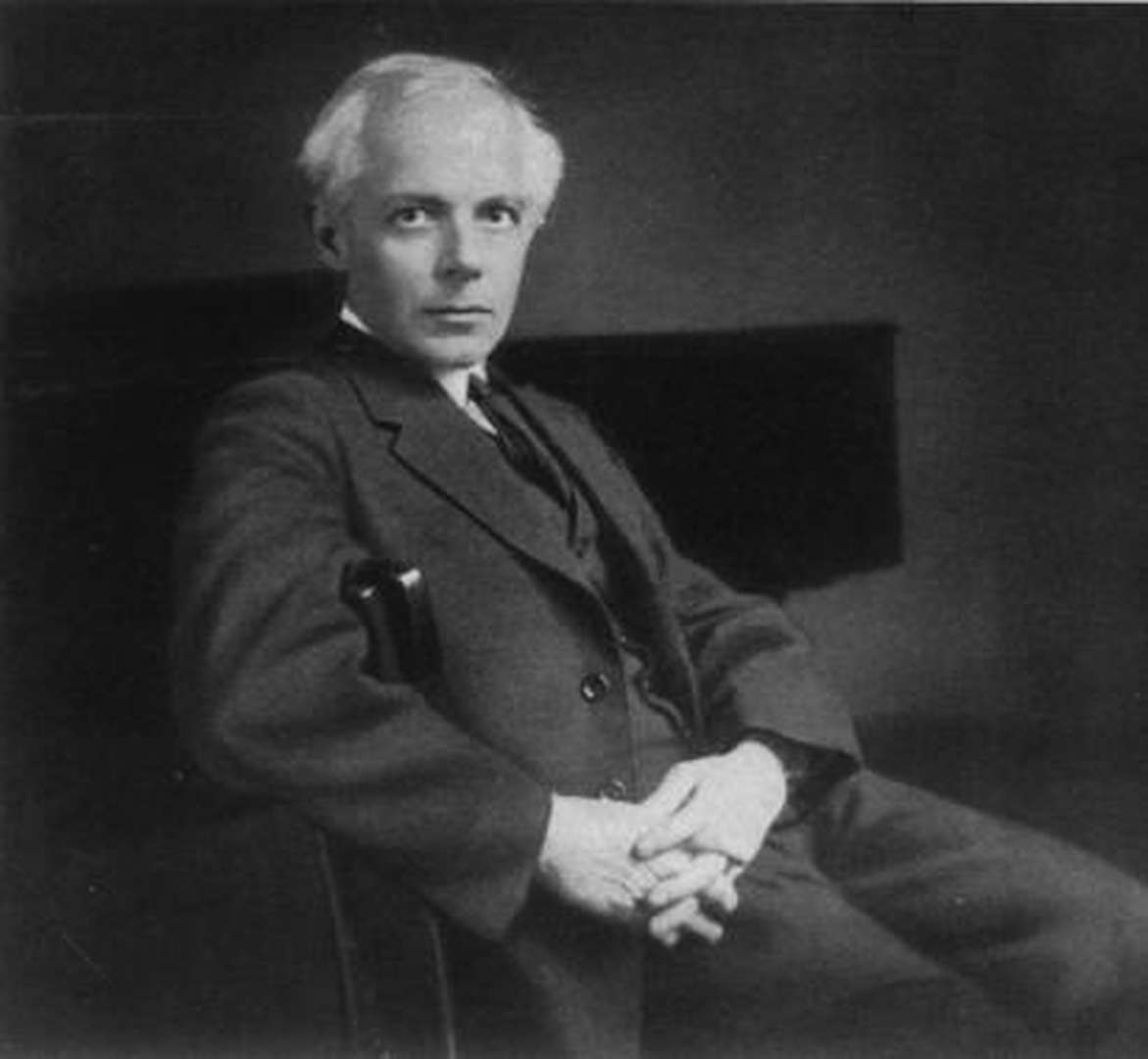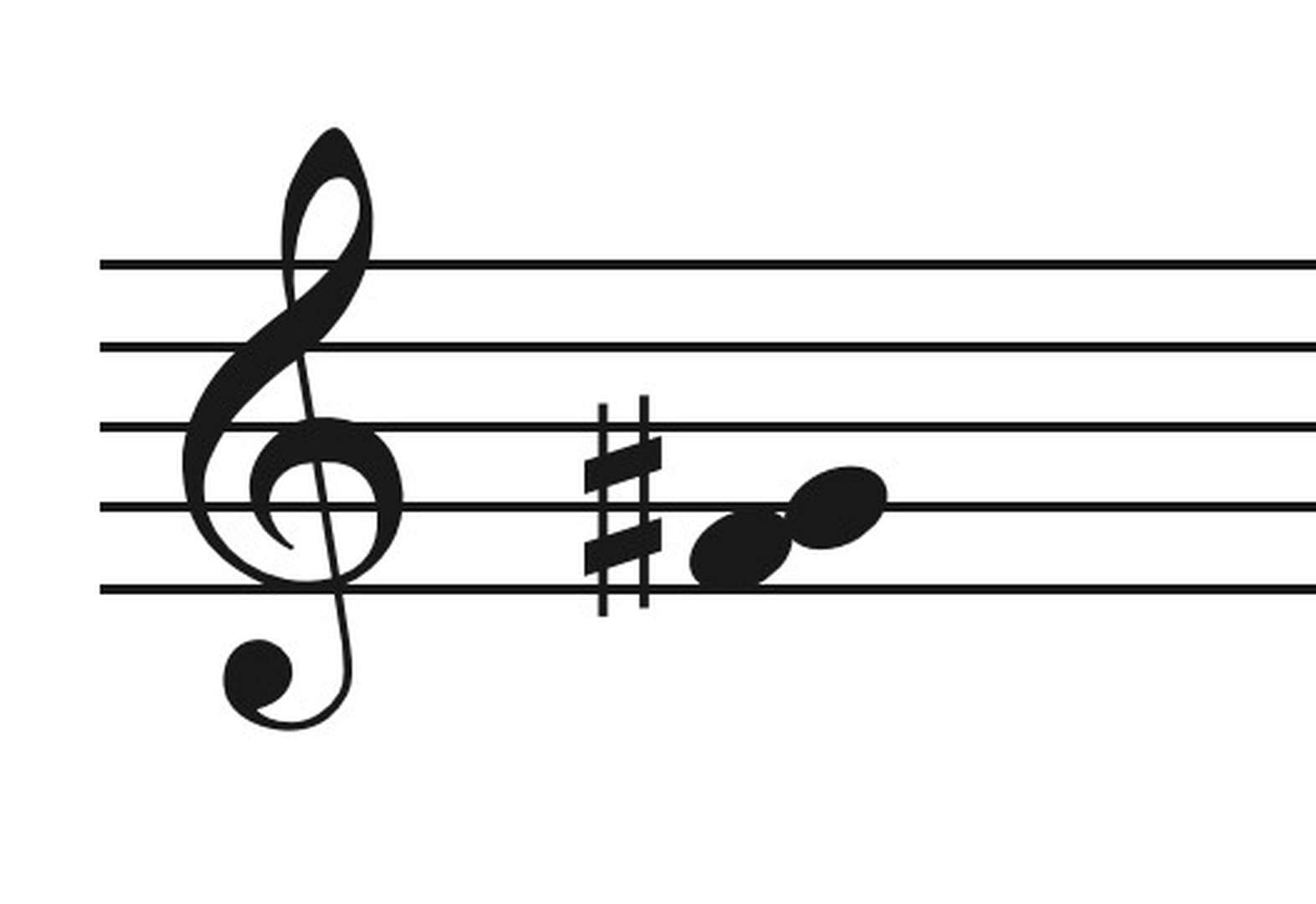If an improvisation or rearrangement of a piece sounds notably different from the original version, then this, too, is a type of composing.
Bartók, Sárosi and the Question of Origins in Romani Musicianship
‘Whose’ style is it, anyway?
The attribution of delineated musical styles to particular ethnic groups has been a vexing topic of discussion at least since the start of the nationalist movements in Europe. For example, what is Czech music? Language aside, how distinctly Czech does it really sound? Did Smetana write Czech music even though his use of form, harmonic structure, conventions of orchestration and most other musical elements originated almost exclusively in other countries – from a mix of ethnic groups that was partly Czech but heavily Germanic?
Another perennial question is how one defines composers and the act of composing. Folk songs have long been implicitly assumed not to have composers simply because many of their variants are the aggregated work of more than one composer. One example that raises all these questions is jazz, whether it is transformed by Romanies or heard in one of its original forms.
While there are no unanimous conclusions about the provenance or ‘ownership’ of jazz, the following aspects of its evolution are documentable:
- Jazz in its fundamental forms could not have sprung up without the melodies and harmonies of white Europeans.
- Jazz would not exist without the rhythmic frameworks, harmonies, ornamentation and improvisational genius of the African Americans who developed it.
- If an improvisation or rearrangement of a piece sounds notably different from the original version, then this, too, is a type of composing.
Some authors, however, have wished to make a strict distinction between composition and interpretation, even if it is, in actuality, a matter of degree. Many Romani musicians do take pieces from outside sources and make no fundamental changes in their interpretation. Others (or the same musicians) adopt non-Romani compositions and transform them so distinctly, through stylistic inflection, improvisation, etc., that audiences are confident in calling the result ‘Romani music’. Finally, Romani composers create new pieces in old styles as well as original songs in their own new styles.

A stock image of Béla Bartók
Published: anonymously (1927) | Provided by: Wikimedia CommonsBartók on Roma
Most of this creative complexity was lost on composers such as Béla Bartók or Zoltan Kodály. At times they seemed to apply a double standard to the same processes simply on the basis of what ethnic group was being discussed.
Bartók's more relaxed compositional commentary on the verbunkos and his later, progressively worded essay on race purity seem to exonerate him from the charge of fuelling racist animosity.
Katie Trumpener has identified much of the politics and motivation behind Bartók's inconsistencies of opinion regarding various ethnic groups and aesthetic standards, including the composer’s part in the pervasive climate of anti-Semitism and anxiety over racial boundaries in the first half of the 20th century.
The famous Hungarian composer’s writings collectively demonstrate a number of glaring contradictions. For example, the borrowing and transformation of musical material generally constitutes innovation, except when in the hands of Roma. In that case, deformation, what amounts to theft of local traditions for profit and numerous similarly loaded terms and concepts directly replace the terms for creative processes that Bartók applies to other groups.
The following are excerpts from an essay Bartok wrote in 1931:
Romani music satisfies ‘the needs of those whose artistic sensibilities are of a low order...destined to gratify undeveloped musical tastes. [...] In the folk song, text and music form an indivisible unity. Gipsy performance destroys this unity because it transforms, without exception, the vocal pieces into purely instrumental ones. This alone suffices to prove the lack of authenticity in Gipsy rendering of music, even with regard to popular art music.’
Over time, Bartók appears to have become indecisive about the level of threat that Romani musicians posed to Hungarian cultural identity. He was likewise unclear about whether their exclusion from public attention was ultimately necessary. Bartók's more relaxed compositional commentary on the verbunkos style (which Bartók may or may not have considered a Romani creation) and his later, progressively worded essay on race purity seem to exonerate him from the charge of fuelling racist animosity. Yet the racist background and tone as well as the ultimate effect of Bartók’s unflattering stance all remain part of the European cultural landscape.
Kodály’s judgment
Similarly, it is rarely discussed that Zoltan Kodály (another Hungarian scholar and composer) assumed that Roma added nothing of import to the Hungarian music that came to be considered Romani music. In a work that saw its publication in English translation in 1960, he wrote that what is termed Hungarian ‘Gypsy music’ is not ‘in any way’ the creation of Roma, and he labelled Romani composers as ‘at best... second-rate imitators’.
Kodály applied a different logic when it came to the question of Hungarian composers adding significantly to the work of a Romani creator – he treated such processes of inflection as true creative acts.
Kodály determined that ‘Gipsies [sic] falsify the songs they play’ with augmented intervals. Kodaly also opined that the songs of the ‘tent-colonies’ and of some village Roma, though distinct from Hungarian popular idioms, have nothing in common ‘with true folk song.’

An augmented second interval. Romani musicians and many others may play or sing these pitches (notes) in succession as part of a melody.
Rights held by: Matthew Gelbart | Licensed by: Matthew Gelbart | Licensed under: CC-BY-NC-ND 4.0 International | Provided by: Matthew Gelbart – Private ArchiveThroughout his description of Romani music-making, Kodály's tone is largely deprecating or dismissive (e.g.: ‘The gipsy [sic] contribution was not very distinguished...’). While Kodály was certainly entitled to his artistic opinions, it seems he was hardly a fan of Romani music-making.
Kodály applied a different logic when it came to the question of Hungarian composers adding significantly to the work of a Romani creator – he treated such processes of inflection as true creative acts.
When Kodály praised the music of János Bihari, a prominent Romani composer, he implied that ethnic Hungarians probably had a hand in it: ‘Most of this music seems old-fashioned and dated now. Only the compositions of Bihari still teem with life. But since he had no knowledge of musical notation, there will never be any certainty about what is his and what has been added by those who noted down and copied his music.’ (Kodály 1960)
Sárosi’s agenda
Thus, neither Bartók nor Kodály had a positive view of Romani contributions to Hungarian musical culture. Katie Trumpener notes and problematises the hagiography that has sprung up around the figure of Bartók (Trumpener 2000).
In musicological and folkloristic scholarship, the anti-Romani undertones promoted by authors are seldom queried.
In musicological and folkloristic scholarship, the anti-Romani undertones promoted by authors are seldom queried. These issues have barely made their way into the mainstream of scholarship, much less into popular consciousness, even among art music connoisseurs. For example, music professors who are well aware of Wagner's anti-Semitism are far less likely to consider Bartók as a man of harsh attitudes towards Roma.
Such attitudes are also to be found in more modern scholarship. Balint Sárosi is a widely cited scholar of Hungarian Romani music. His largest project is a full-scale monograph titled Gypsy Music (1978 [1971]). As in the writings of Bartók, an underlying assumption of Sárosi's book is that interpretation and compositional creation are two separate phenomena, with Roma tending almost exclusively towards the former.
That is, Sárosi promotes the idea that ‘Gypsy music,’ – with the exception of the vocal Vlax Romani variety, which he barely mentions – is not, in fact, Romani music. In a separate essay, Sárosi goes so far as to deny Roma any creative agency or at least any status as musical co-developers:
‘This music – which is part of Hungarian culture – is generally thought of as their own musical idiom by Gypsies, in much the same way as most Gypsies in Hungary think of Hungarian as their native language. But the music played and liked by Gypsies – called Gypsy music – is only their music in the sense in which the Hungarian spoken by them is their language. ... The [Romani] instrumentalist adjusts and together with the locals, carries on whatever it is that they have devised and developed, in the manner dictated by them.’
Sarosi 1997
It is unquestionable that Roma have had virtually no role in the shaping of the Hungarian language, and it is also true that they did not invent Hungarian ‘Gypsy music’ as a whole. Yet speaking from a musicological perspective, it would be nearly impossible to argue that they had no significant influence on the popular and classical styles of Hungarian music that have often been attributed to them.
Played in restaurants, on stages and in various other contexts, this music has been inextricably linked with Romani artistry for more than two centuries. Roma may well have taken much of the harmonic structure and form of this music from mainstream practice besides copying certain melodic outlines and rhythmic motifs, but the music’s melodic and rhythmic development has been shaped by Romani improvisational and compositional traditions for generations.
Rights held by: Petra Gelbart | Licensed by: Petra Gelbart | Licensed under: CC-BY-NC 3.0 Germany | Provided by: RomArchive



